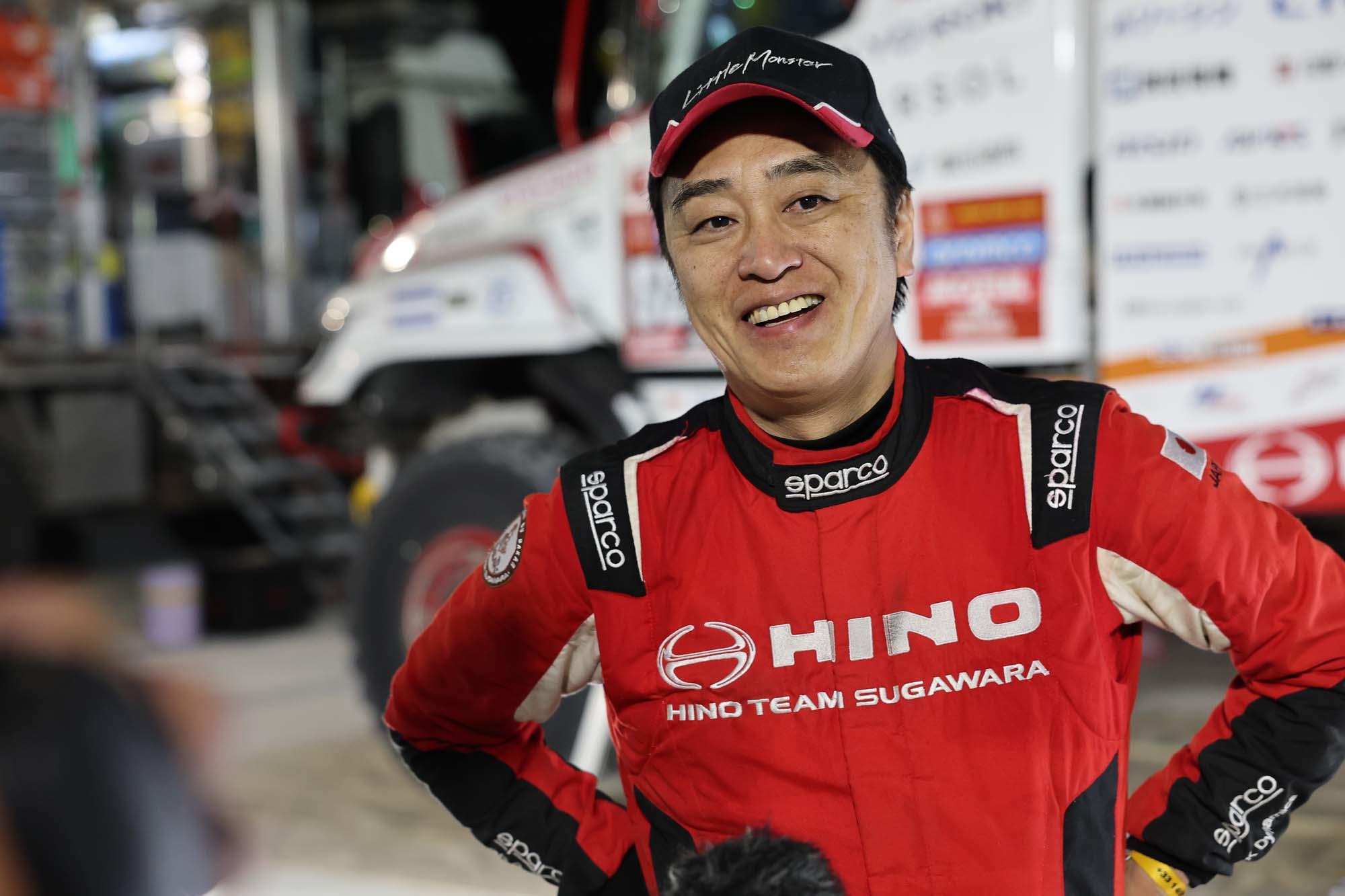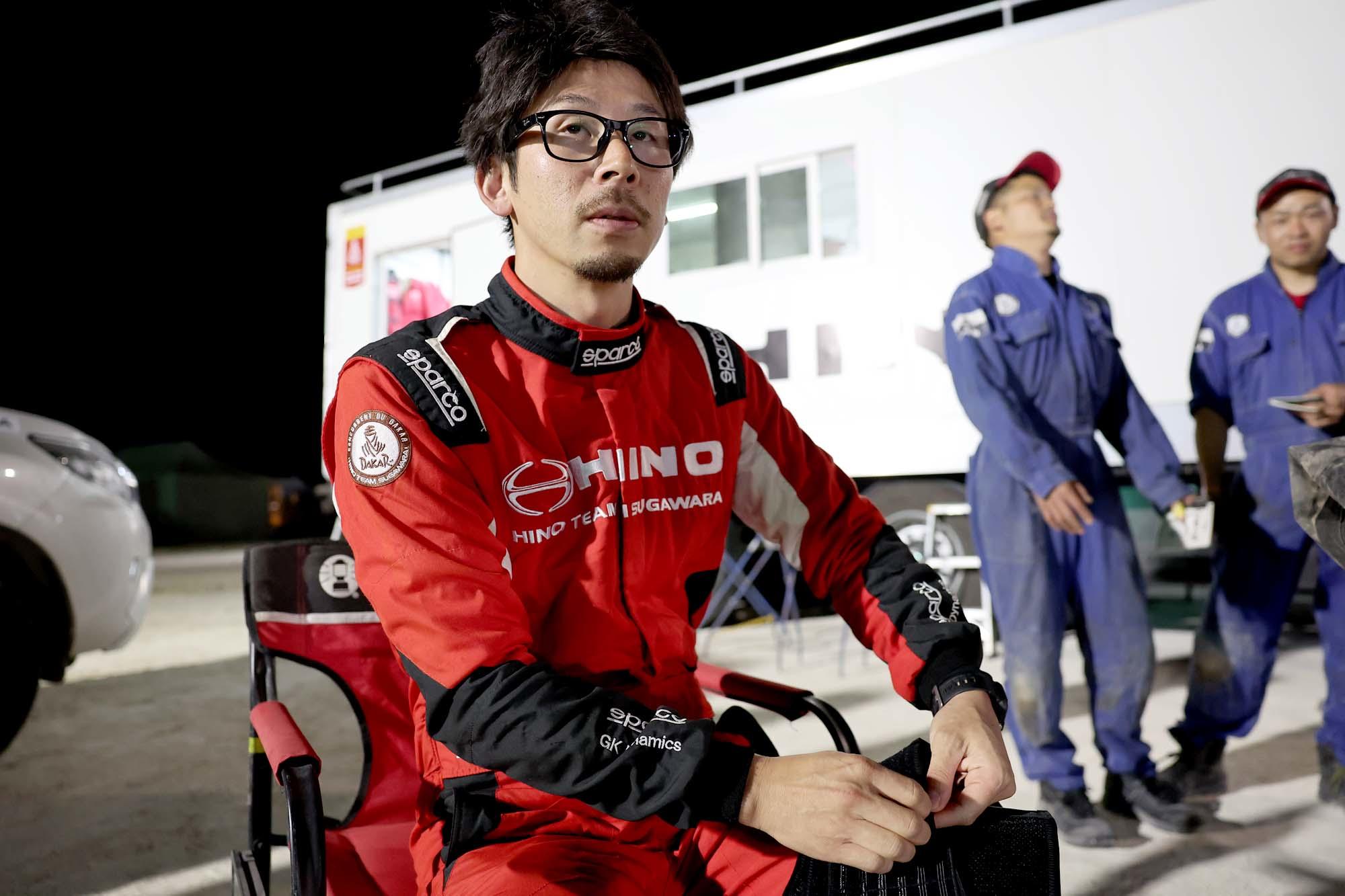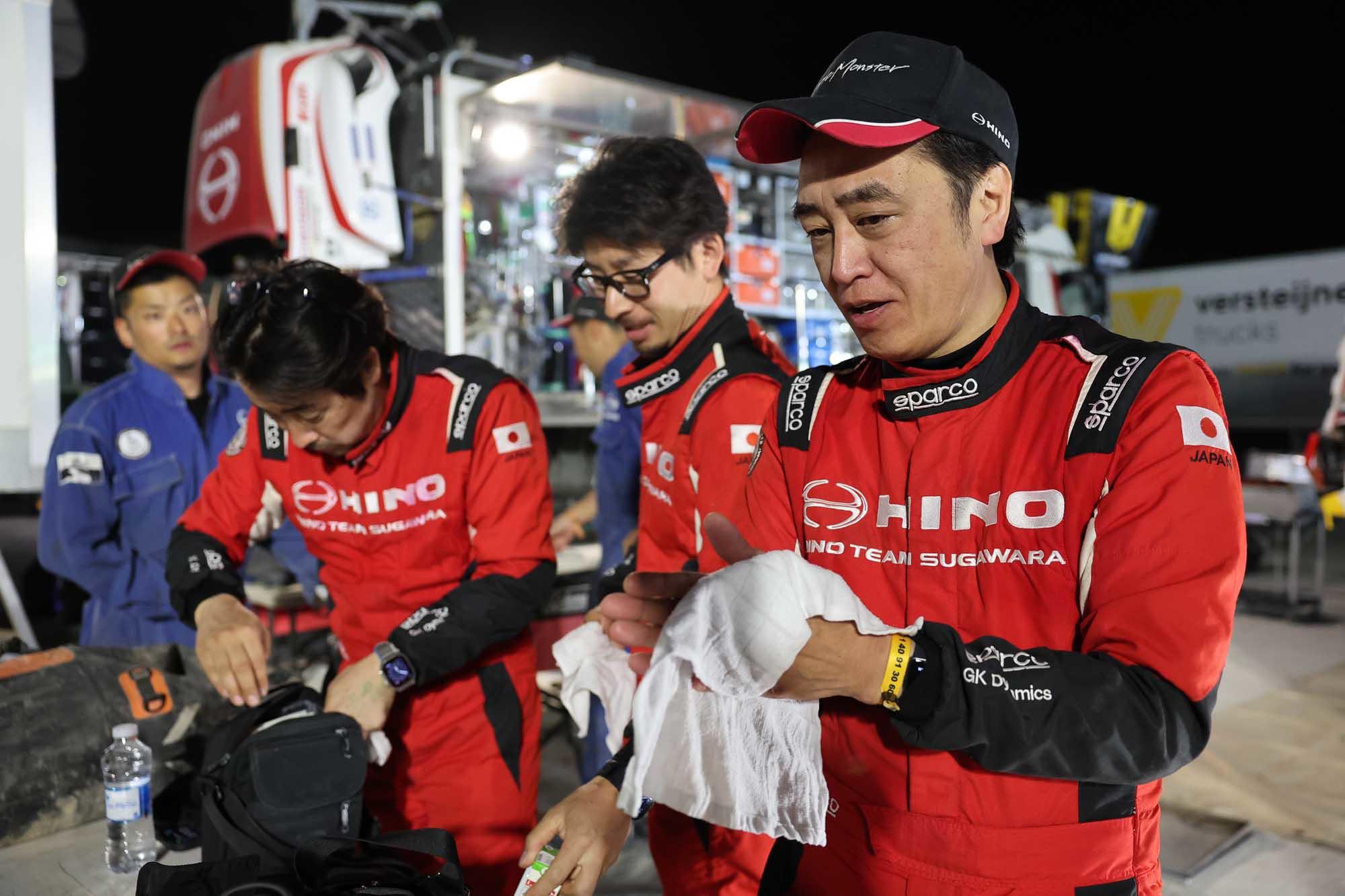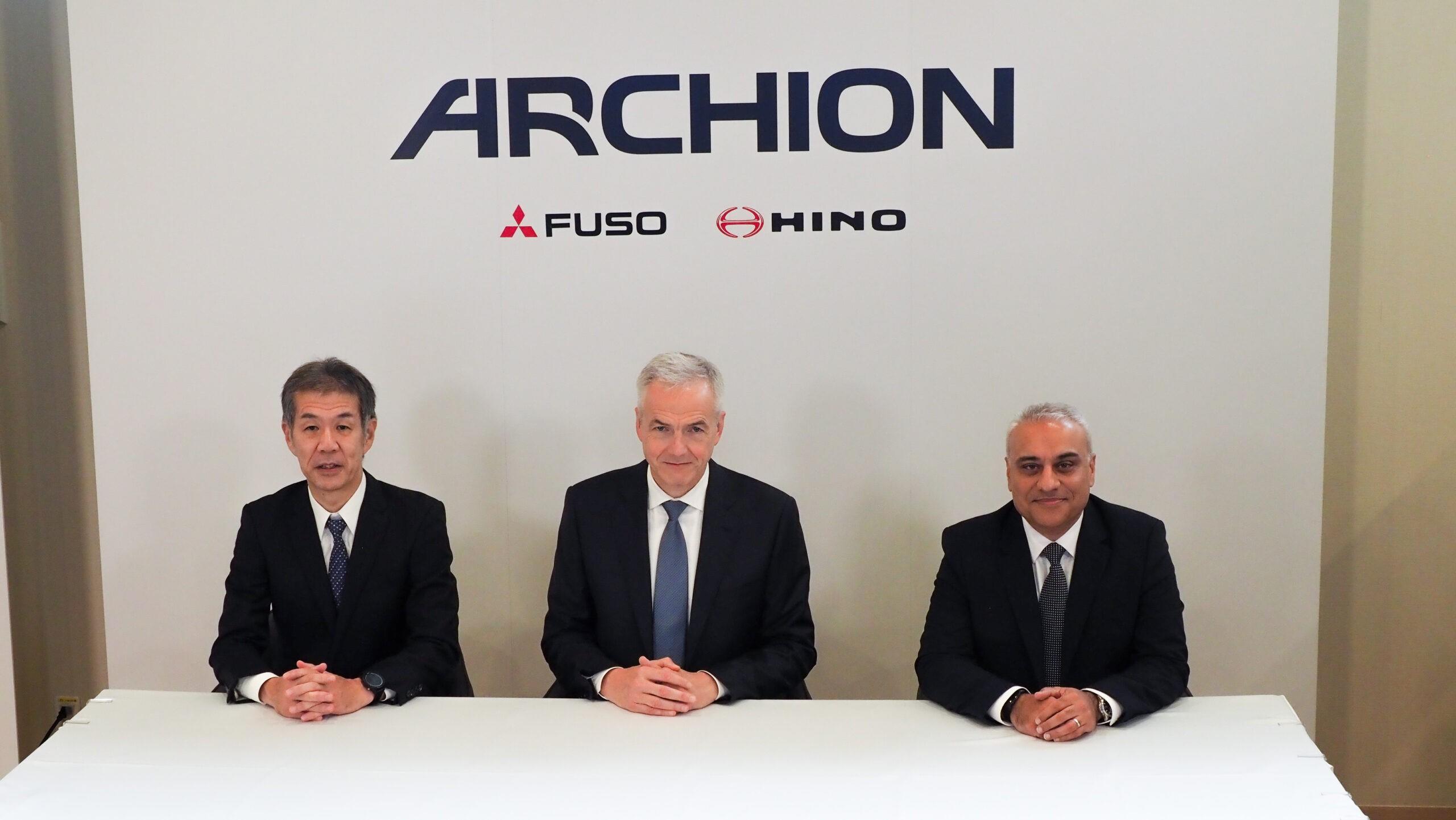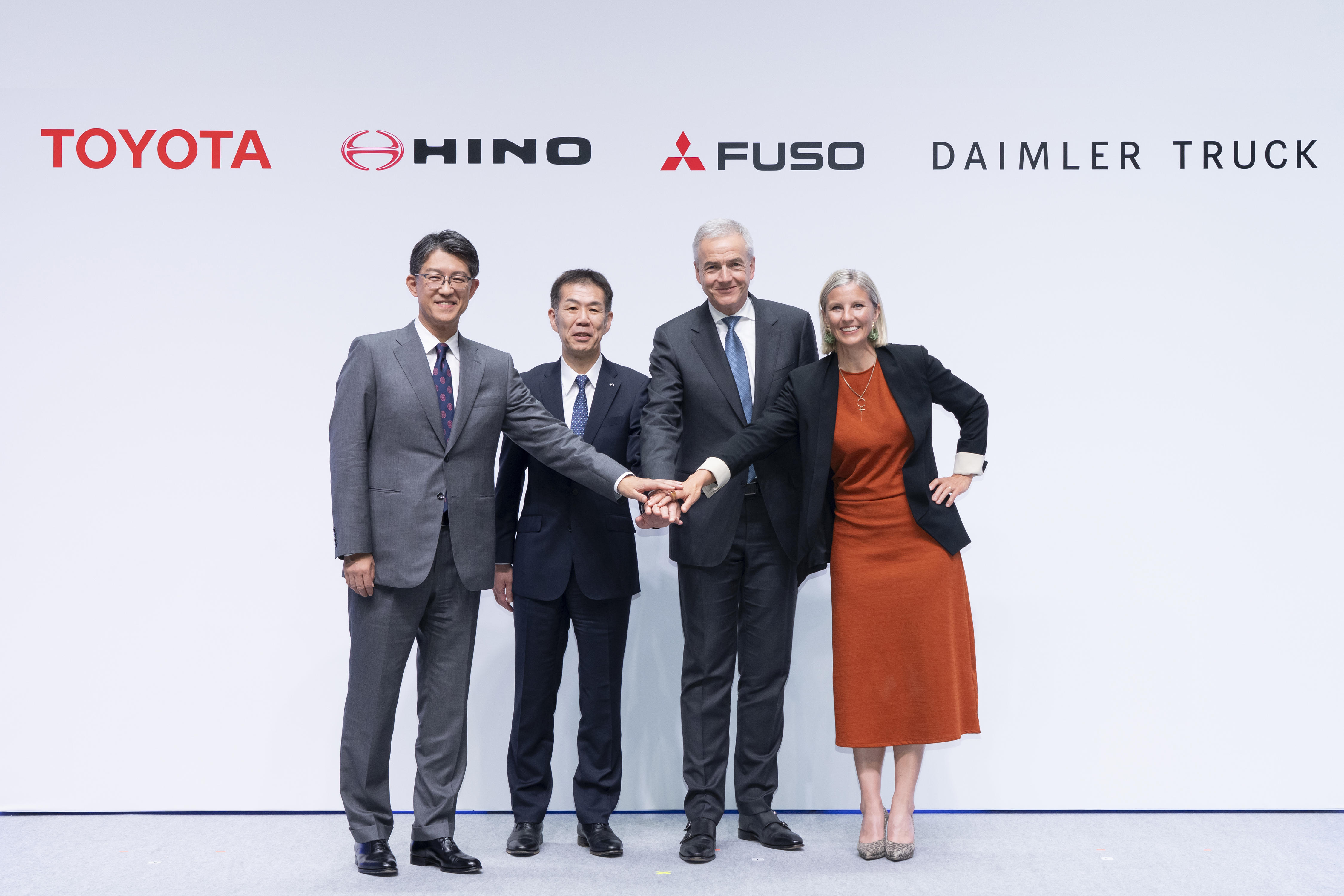The Empty Quarter, the most difficult stage of the race. Made a great run in a full-fledged dune stage and finishes in 7th place.
Jan 12, 2024
The fifth stage on January 10 was from Al-Hofuf to Shubaytah.
A 118km SS (competition segment) was held around the bivouac in Shubaytah, and the contestants finally entered the stage in the Rub' al Khali Desert, the most difficult part of the race.Hino Team Sugawara's Hino 600 series picked up the pace on its specialty sand dunes and finished the SS in 7th place in the trucks category, its first single finish in this year's competition.They maintained their cumulative ranking in the category up to this day, ranking 11th.
This region, located in southern Saudi Arabia, is known as the " Empty Quarter" because of its countless soft sand dunes.Ever since the Dakar was held in Saudi Arabia, there has been a highly difficult highlight stage every time, and the rankings have fluctuated greatly.
On this day, after traveling from Al-Hofuf to Shubaytah via a long liaison of 508km along the border with the UAE, it was a short preparatory stage in which the race went counterclockwise around the bivouac.
However, the course was tough, with sand dunes and salt lakes continuing from 20km to the finish line.The HINO 600 series piloted by Teruhito Sugawara, Hirokazu Somemiya, and Yuji Mochizuki have increased the reduction ratios of the front and rear differentials, expanding the vehicle speed range that can be used in the low range of the auxiliary transmission. It allowed to match the speed and the required driving force to drive across the sand dunes.
At the start, they were in 15th place, but once they entered the sand dunes, they quickly improved their position and finished in 7th place without a puncture or getting stuck.
A new trial "48h Chrono" will be held at Shubaytah for two days starting January 11, the final stage of the first half.Previous marathon stages required participants to complete two stages without maintenance or mechanic support.
This year, the traditional marathon stage will be evolved, with one stage being completed in two days.
On the first day, instead of one bivouac, there will be a total of seven "braking zones" (simple bivouacs) on the course (two of which are common as it is a lap course).Participants will be stopped there after set times (3:30 to 5:00 p.m.) in each zone and stay overnight at the simple bivouacs.
On the morning of the second day, participants will restart from the same bivouac and aim for the finish line.
Running for two days without service is no different than before. The Hino team carried out inspections and maintenance at the Shubaytah bivouac until the morning, in order to send the vehicle off in perfect condition.
Teruhito Sugawara:
I was able to drive in a good mood by effectively using the low range of the sub-transmission.The running area was the same as last year and the sand was soft.
I had to be careful because the bumps on the way down the sand dunes were tough, but the acceleration from there was good so it wasn't a problem.We had no trouble and got a good feeling for the 48h Chrono.
Hirokazu Somemiya:
We didn't have to climb any tough dunes, so the navigation was just following the sand dune waypoints.
I am glad that Teru-san seemed to be able to drive comfortably.
Yuji Mochizuki:
When you use the low range, the main gear ratios cross, so we can run while effectively maintaining the rotation speed.
There were no problems with the oil temperature, water temperature, or anything else.

